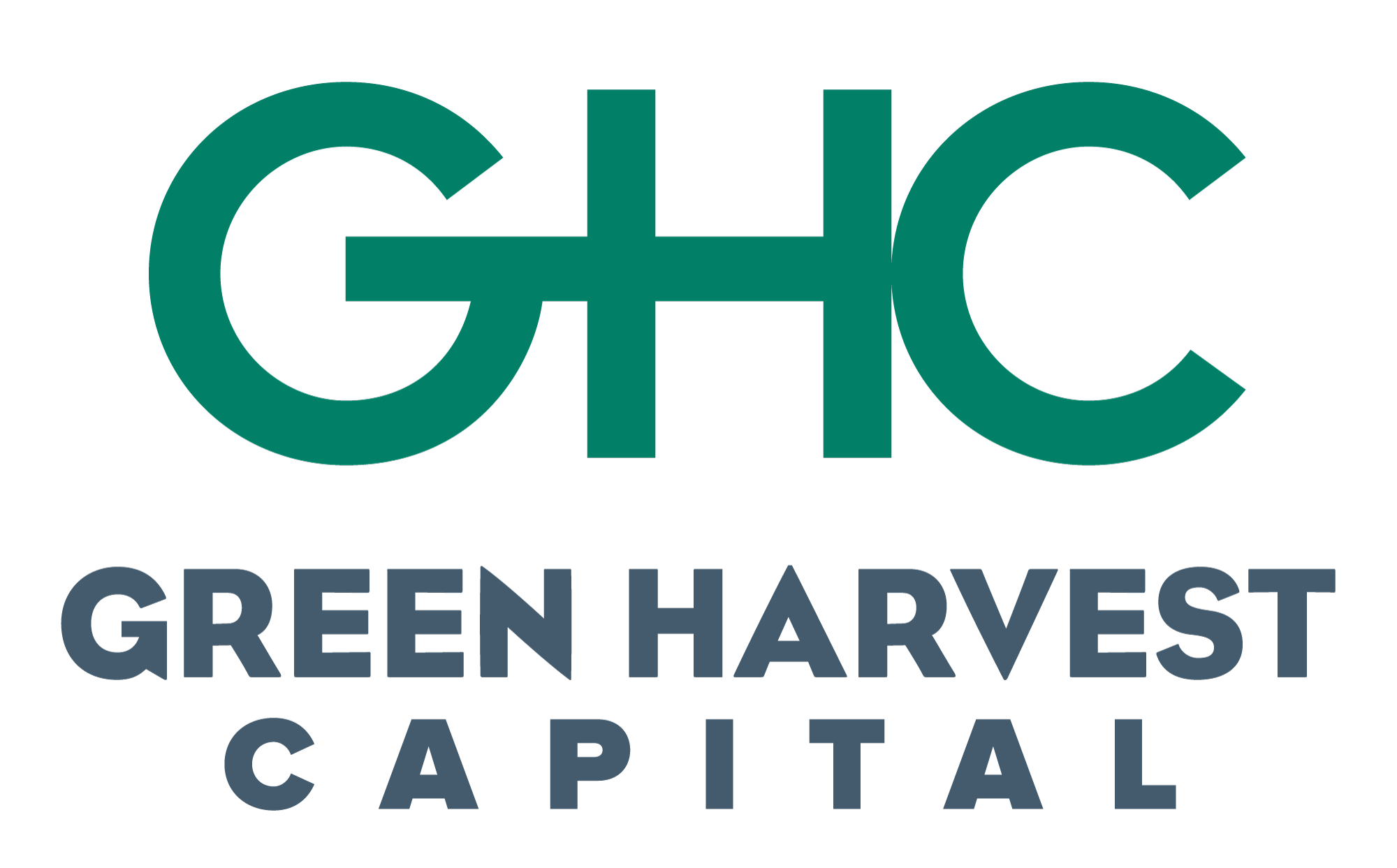GHC Thematic Report: Who Gains the Most from Opportunity Zones?
First conceived in 2017, Opportunity Zones (OZs) are an economic development tool that allows people to invest in distressed areas in the U.S., spurring job creation and economic growth. OZs were created by the Tax Cuts and Jobs Act of 2017 and are often celebrated as a means of moving billions into low-income communities.
As of 2019, Opportunity Zones are now in place in all 50 states. The process to become an OZ begins at the state level, with governments nominating blocks of low-income areas based on census data. The nominated areas must be approved by the Secretary of the U.S. Treasury via delegation of authority to the Internal Revenue Service (IRS).
For socially-minded investors, OZs not only provide tax benefits, but they create opportunities for lower-income families who need better access to high-quality, affordable housing. In the case of multi-family and workforce housing especially, OZs typically prove to be a non-extractive project where the value that’s created is shared.
Federal & State Opportunity Zones
There are two main tax incentives associated with OZs that can benefit investors and developers. One operates at the federal level and must be structured as either a partnership or corporation. The other operates at the state level and appeals primarily to individual investors.
Investors in federal Opportunity Zones require the individual or entity to hold at least 90% of their assets in the qualifying OZ area. After a period of 10 years, the taxpayer would pay zero capital gains tax on their investment in the fund, which could lead to a 30-40% increase in annualized returns.
At the state level, the incentive is similar to the federal program but is structured differently. In Ohio, for example, investors can apply for Ohio Opportunity Zone Tax Credits. The program currently has $23 million in available tax credit allocation for its 2021 application round, providing an extra incentive for taxpayers to invest in economically distressed areas in the state.
By investing cash in a Ohio Qualified Opportunity (QO) Fund, which in turn must be invested in a QO Zone property in the state, the taxpayer is then eligible for a non-refundable tax credit equal to 10% of the amount of its funds invested. In Ohio, the taxpayer may invest in multiple QO Funds and may receive tax credits totaling up to $1 million during the 2020-2021 period. If interested, you can learn more about the Ohio Opportunity Zone Tax Credit Program here.
How investor and developers benefit
Perhaps the most appealing aspect of Opportunity Zones for investors and developers is, of course, the tax credits. After filing a form with the IRS, investors can establish a Qualified Opportunity Fund for the purpose of investing in an OZ.
As mentioned, the program could generate between a 30-40% increase in annualized returns at the federal level—proving a massive incentive for investors.
Since this tax benefit is relatively new, many developers are still unfamiliar with the mechanisms of OZs. From a value-adding perspective, an investment in an OZ is indeed additive in nature (rather than extractive) because it allows entrepreneurs to open businesses and develop real estate in the area.
Investing in human capital in this capacity often results in positive change long after the investment or investor has exited. For this reason, Qualified Opportunity Funds are powerful structural incentives that can have wide-reaching effects around impact investing.
How residents and the community benefit
For residents and local communities, OZs are also advantageous.
To reap the most value out of OZ investments, people in the community — who may not otherwise have access to capital gains — can get involved with developers and entrepreneurs, and benefit from shared expertise. For instance, a resident of the community may be seeking a plot of land to develop a real estate project or open a business. With a model to follow and localized support, OZs prep new capital to compete in the market.
Of course, there are many layers to creating impactful Opportunity Zones, but the good news is that individuals in the community are far from left out. In fact, many investors create value by blending ownership for employees and contractors, through training and apprenticeships, and by acknowledging existing community efforts.
Creating shared values through OZ investment is critical to community dynamism and economic progress.
Our team at Green Harvest Capital is excited that our most recent acquisition in Euclid, Ohio is part of an Opportunity Zone. We look forward to enhancing the community through our investments and providing our investors an additional component to their returns.
